I arrived in Siem Reap, Cambodia in early November, eager to set foot in Angkor Wat.
More and more Vietnamese people are traveling , studying, living and working abroad, thereby experiencing interesting things in life, such as dancing with poisonous snakes with villagers in Africa, tasting Vietnamese pho in Pakistan with a unique flavor...
VietNamNet Newspaper introduces to readers a series of articles " Experiences of Vietnamese people abroad " about the range of emotions of Vietnamese people when they visit their dream destinations, "try" new things, and leave unforgettable impressions.
I have been putting off going to Angkor Wat for years, ever since I was an architecture student.
During my classes on the history of Oriental architecture, Angkor Wat came to mind as a mysterious sanctuary, a great art museum with countless fascinating stories.
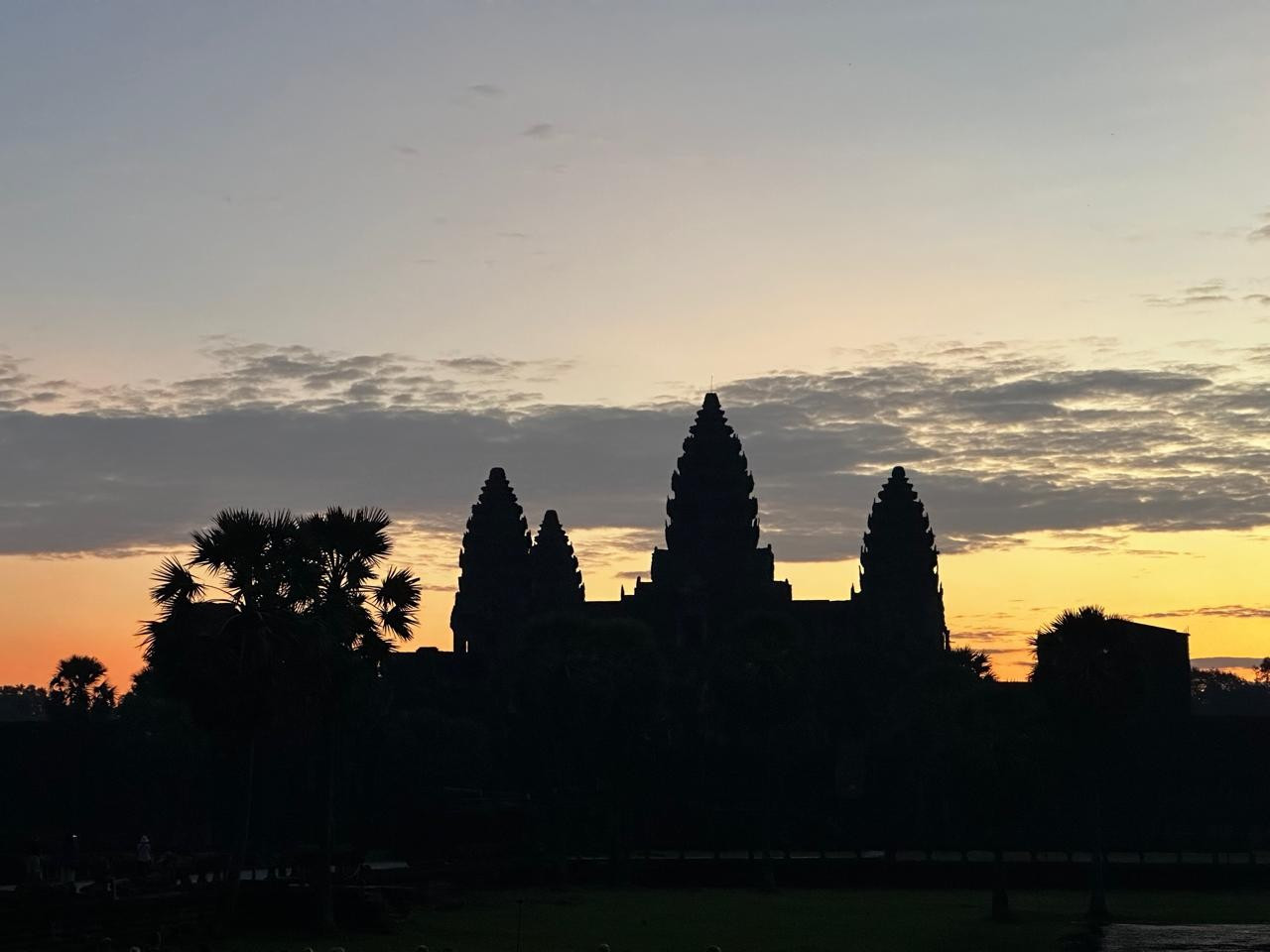 | 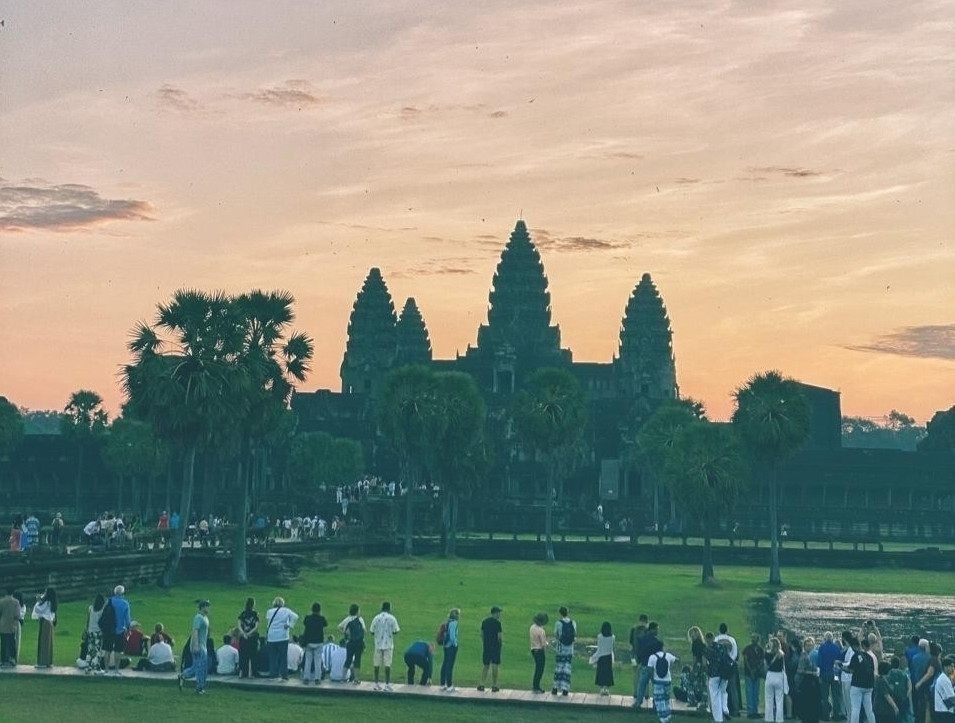 |
A religious symbol
Angkor Wat was built in the early 12th century under King Suryavarman II at Yasodharapura (present-day Angkor).
Many believe that the structure was originally built as a Hindu temple dedicated to Vishnu (one of the three main gods of Hinduism). The entrance to Angkor Wat is located in the West, unlike other temples.
This can be explained by the fact that the construction of the Vishnu temple should be based on the original sanctuary of this religion.
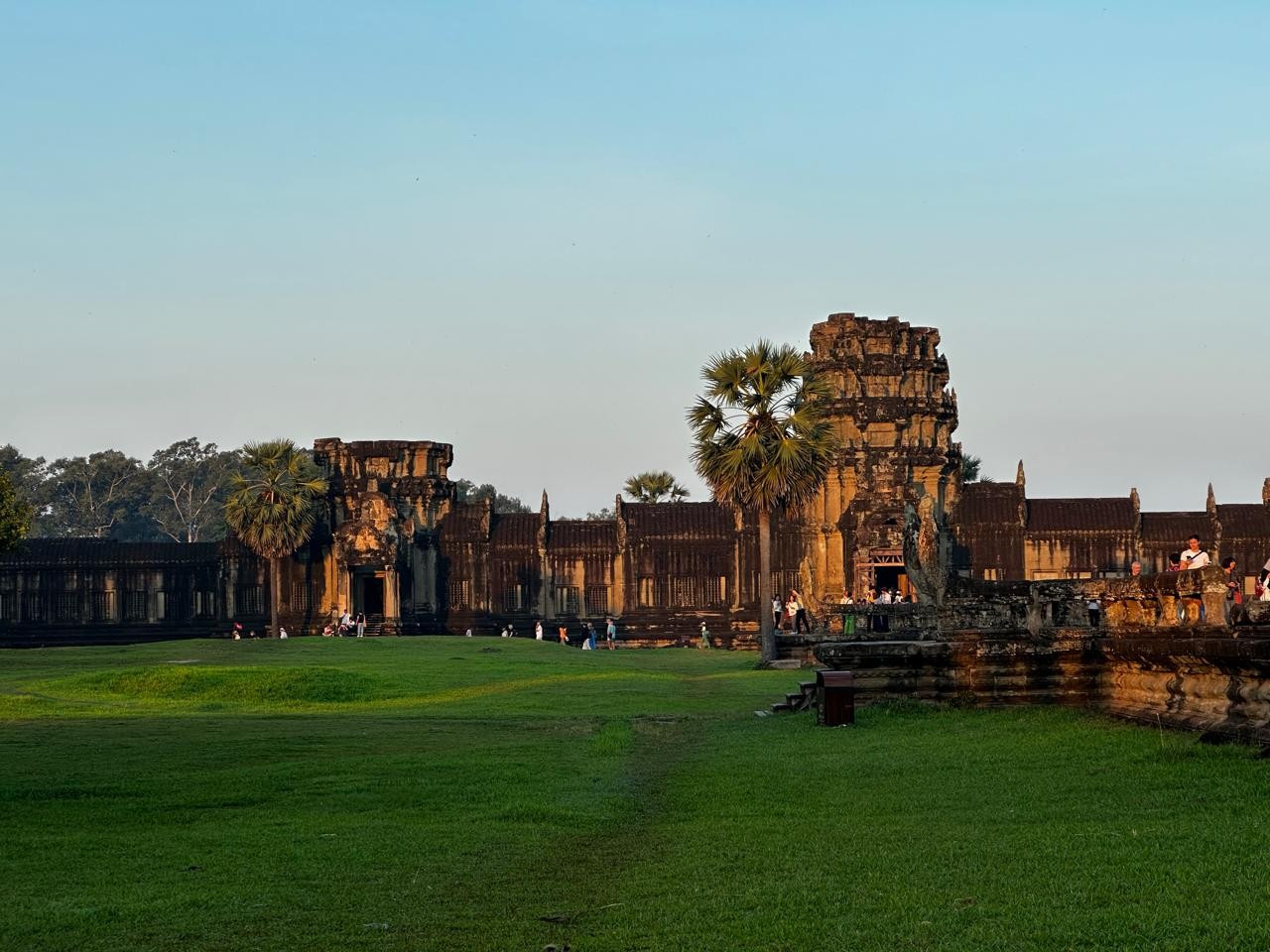
The architecture of Angkor Wat reflects the rich symbolism of monumental architecture, influenced mainly by Hindu concepts. The temple is seen as a microcosm of the world , recreating the residence of the gods on the sacred mountain Meru.
Five prasats (holy stupas in Khmer) are set in the middle of a massive architectural complex, possibly derived from the Hindu legend of Mount Meru. They represent the five peaks of Mount Meru, the highest peak in the sacred Himalayas, home to the gods.
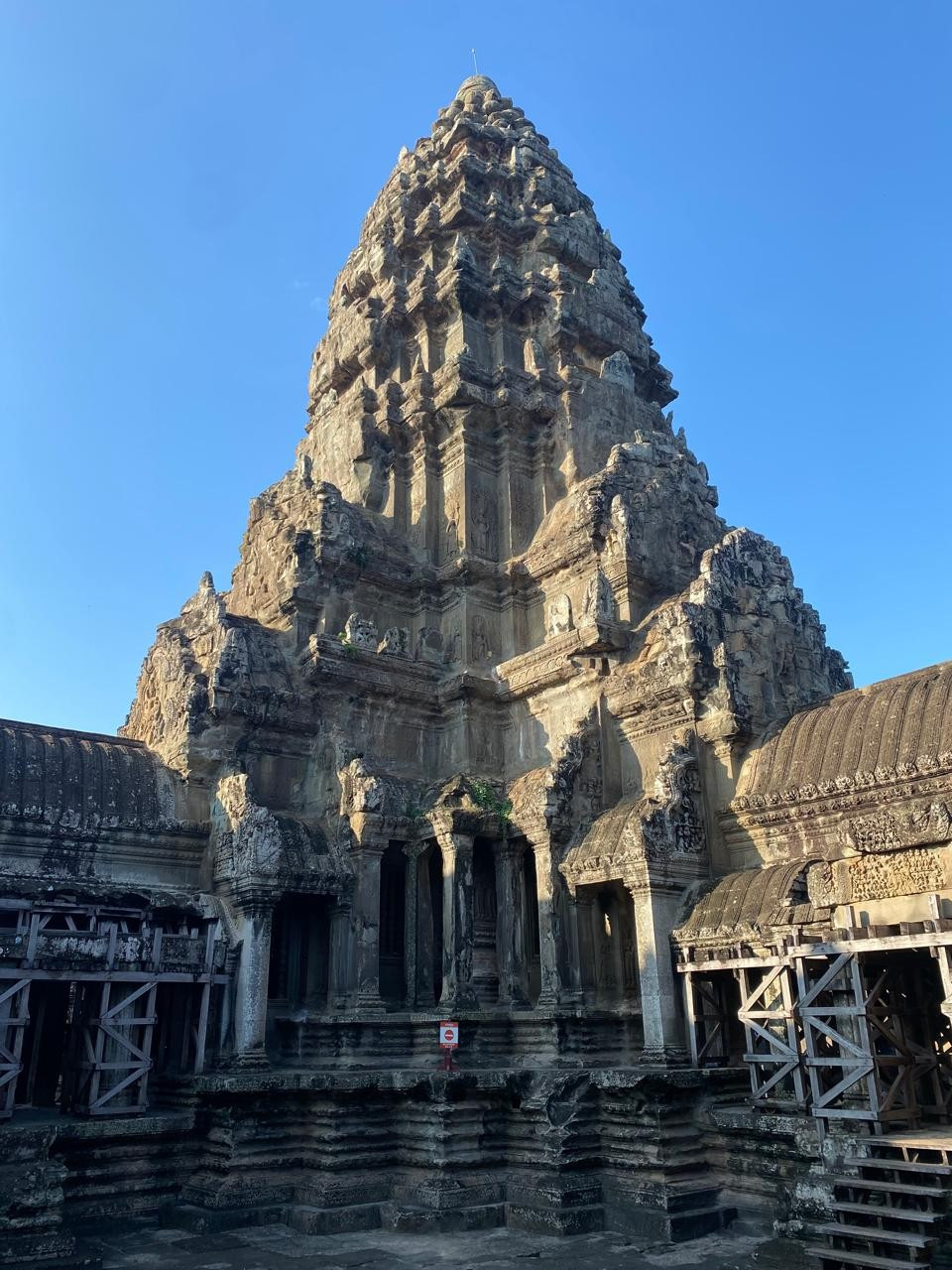
Temple-mountain architectural symbol
Angkor Wat is a temple-mountain structure, designed in the form of a pyramid with three stacked bases, gradually increasing in height, leading up to a central holy tower located on the top floor.
Today, despite the loss of some of the superstructure at the western entrance, the temple still impresses with its perfect balance of architectural form.
The builders of Angkor Wat created horizontal forms of unimaginable magnitude.
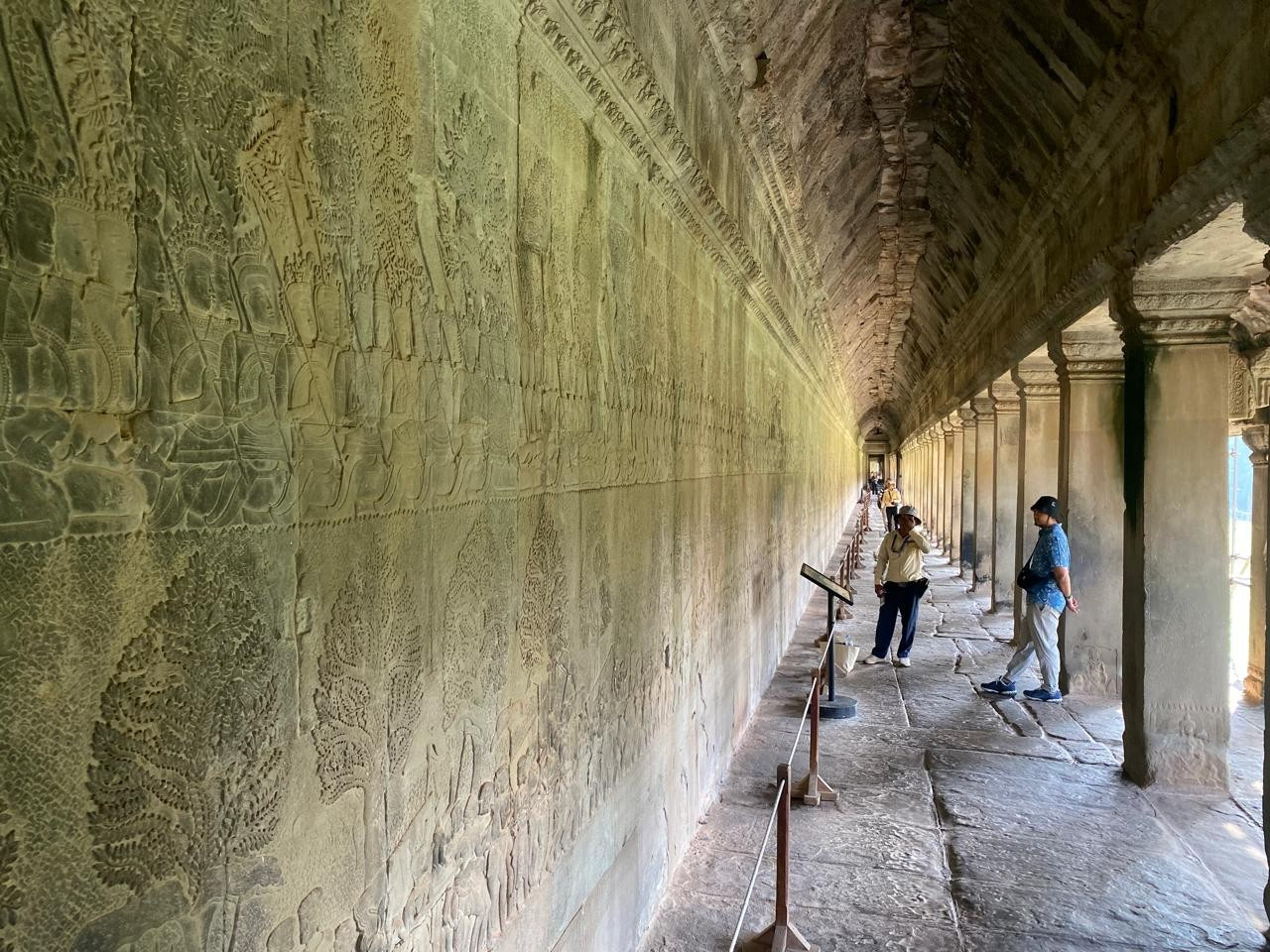
A temple of ups and downs
Angkor Wat was originally built as a Hindu temple dedicated to Vishnu but later became a Buddhist sanctuary. This Hindu religious icon has become one of the most important Buddhist monuments in Cambodia.
Signs of the temple's changing religion are most clearly seen on the level of the central sanctuary tower, where the aisles and cross-shaped corridors are lined with Buddha statues. The interior ceilings of these domes are covered with wooden ceilings decorated with blooming lotus flowers.
The cross corridors shelter many statues from different periods.
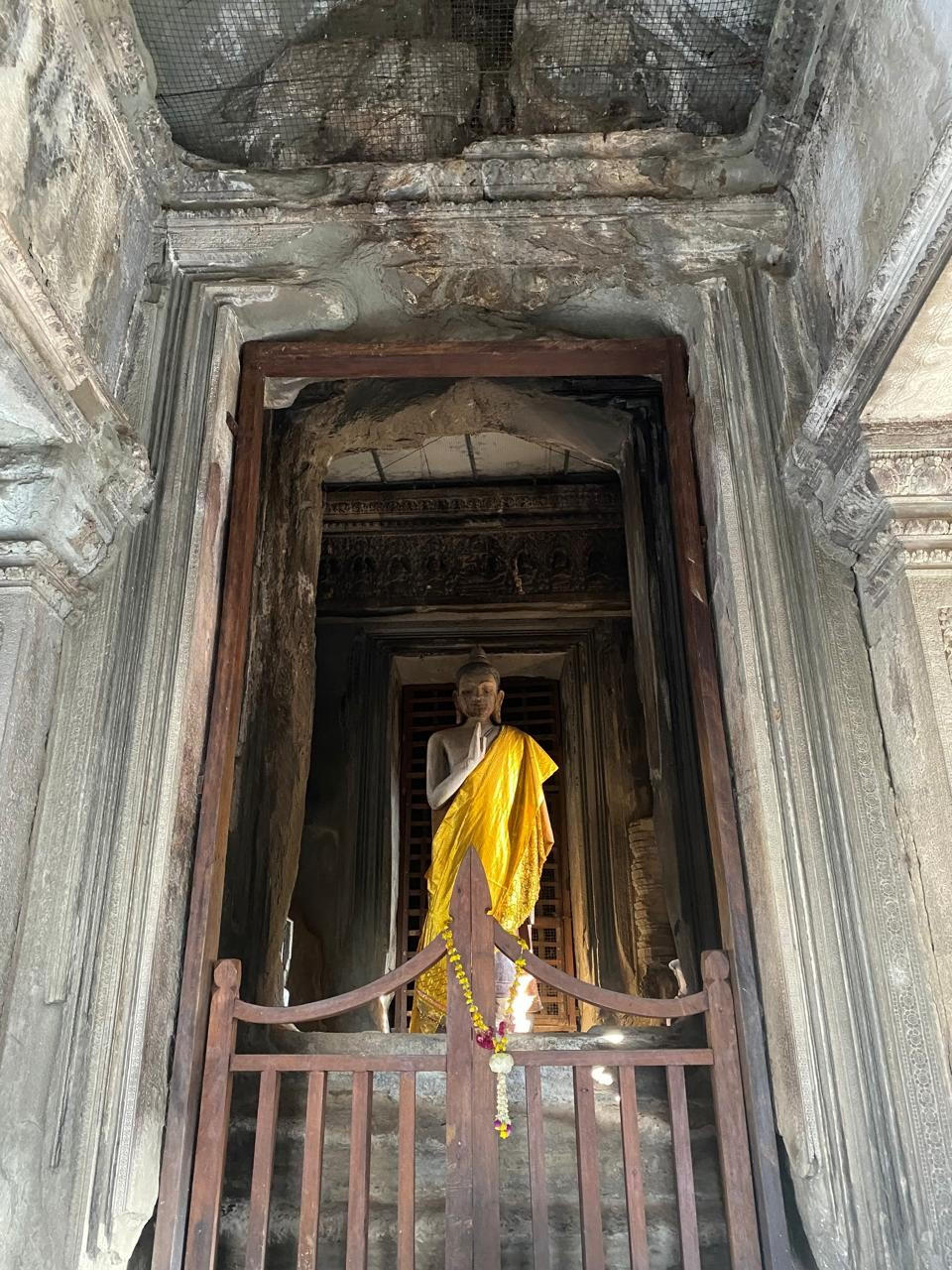 | 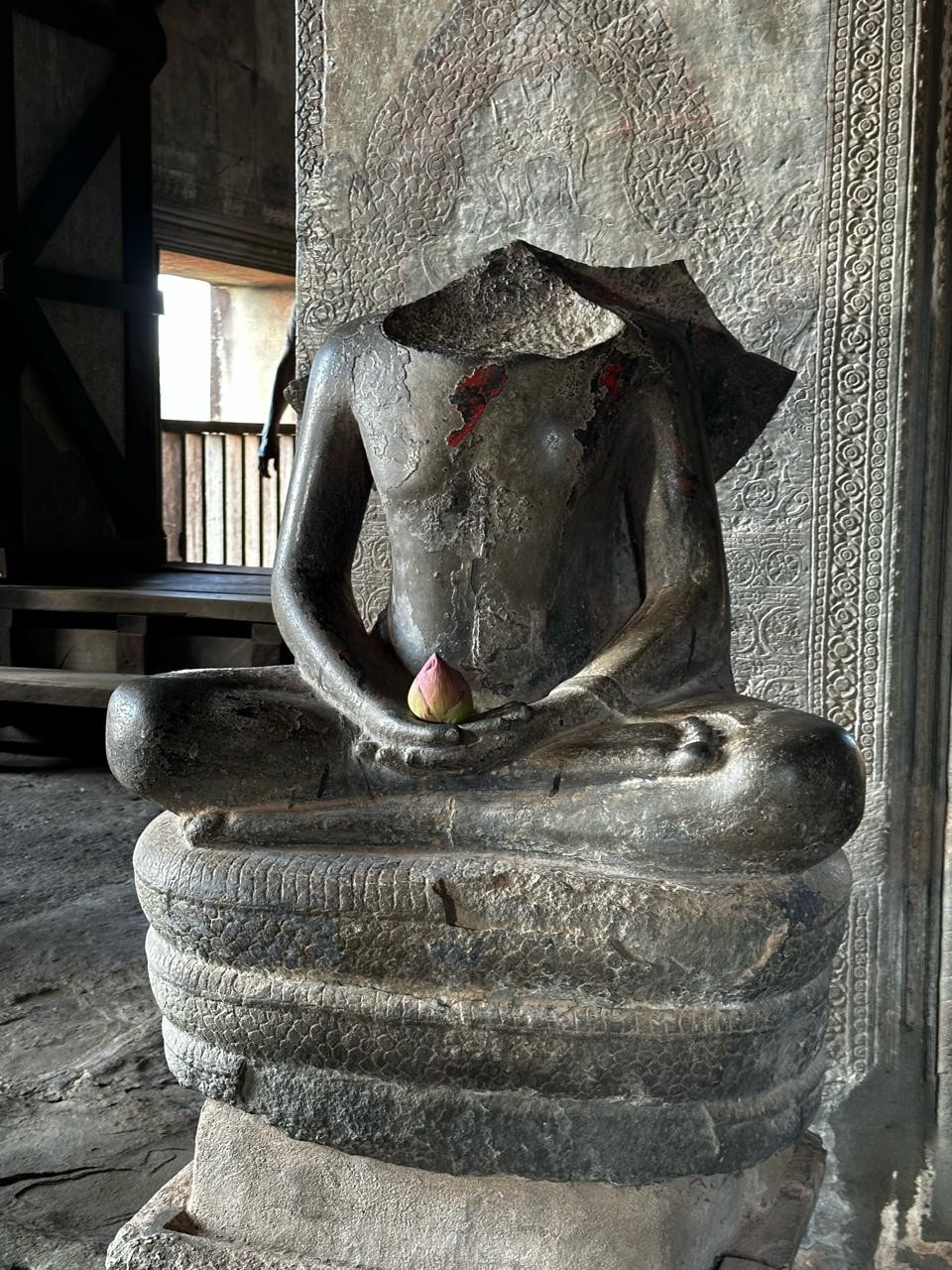 |
Walking down the corridor, I came across a lotus placed in the palm of a destroyed Buddha statue, and I was moved to recall the story of Ashoka, the Buddhist Emperor of India (3rd century BC).
Thanks to the teachings of Buddha, he was completely changed when he publicly declared that he would never again draw his sword to carry out another conquest.
Article and photos: Nguyen Dinh Khoa

Vietnamese man hunts with the only hunter-gatherer tribe in Africa

The island has a path that appears and disappears in Vung Tau, visitors must choose the right day.

9X Vietnamese arrives in Xinjiang, overwhelmed by surreal scene, thinks he's lost in several countries
Source: https://vietnamnet.vn/khach-viet-tham-angkor-wat-xuc-dong-thay-doa-sen-trong-tay-buc-tuong-co-2346500.html


![[Photo] Vietnamese and Hungarian leaders attend the opening of the exhibition by photographer Bozoky Dezso](https://vphoto.vietnam.vn/thumb/1200x675/vietnam/resource/IMAGE/2025/5/28/b478be84f13042aebc74e077c4756e4b)

![[Photo] Prime Minister Pham Minh Chinh receives a bipartisan delegation of US House of Representatives](https://vphoto.vietnam.vn/thumb/1200x675/vietnam/resource/IMAGE/2025/5/28/468e61546b664d3f98dc75f6a3c2c880)
![[Photo] General Secretary To Lam works with the Central Policy and Strategy Committee](https://vphoto.vietnam.vn/thumb/1200x675/vietnam/resource/IMAGE/2025/5/28/7b31a656d8a148d4b7e7ca66463a6894)

![[Photo] 12th grade students say goodbye at the closing ceremony, preparing to embark on a new journey](https://vphoto.vietnam.vn/thumb/1200x675/vietnam/resource/IMAGE/2025/5/28/42ac3d300d214e7b8db4a03feeed3f6a)




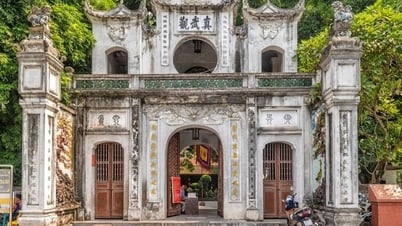

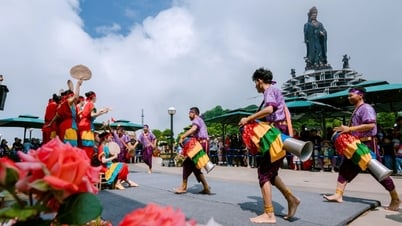









































































Comment (0)